
- Blog
From our everyday life, we know many examples where our expectations and reality do not quite match. PCB design data management is no exception.

- Blog
The world that we all live in has been changed by the Covid-19 outbreak. Stay at home orders and social distancing significantly impact the way we live our daily lives. Working remotely presents a whole new set of challenges for engineers and the companies that employ us. We now work on company supplied-laptops that typically connect back to the corporate network through a VPN.
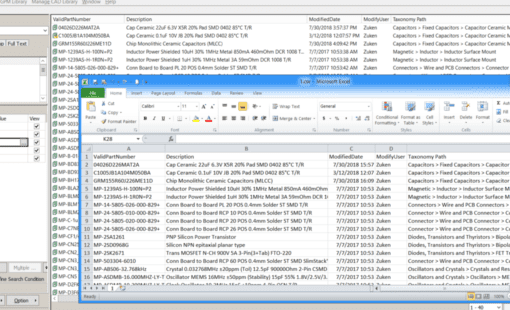
- Blog
This brief video shows you how exporting search results to a CSV (Comma Separated Values) file works. A repeated support call topic is how to export a long list of search results, so we will cover that one, too.
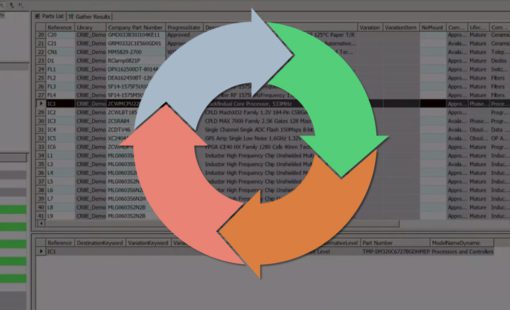
- Blog
Electronic components are constantly changing, causing parts to go EOL (End-of-Life) for various reasons: companies go out of business, component product lines change hands, old technology is updated with new. Electronic product manufacturers must be agile to keep their product BOMs (bill of materials) up to date and keep their supply chain humming. Fortunately for them, Zuken’s DS-CR customers leverage component and design data relationships to tackle the problem.
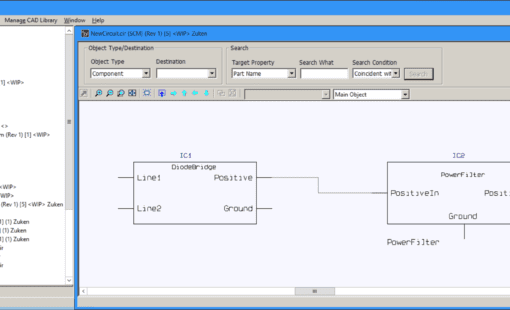
- Blog
Modular circuit design allows engineers to create a set of electronics building blocks that can be reused and shared between products. The Circuit Block Manager facilitates reuse management and change control of a library of circuit blocks in a convenient and organized manner. This brief video shows how simple it is to use a hierarchical schematic containing circuit blocks as the basis for a modular circuit block library within DS-CR.
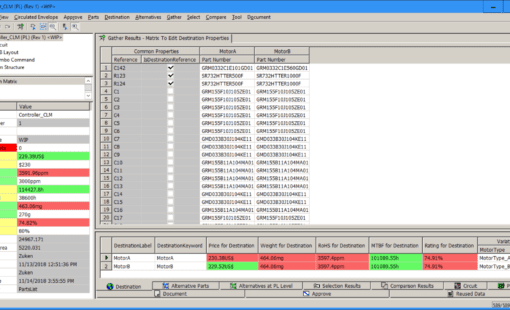
- Blog
The destination matrix enables convenient viewing and editing of a component list that has part variants.
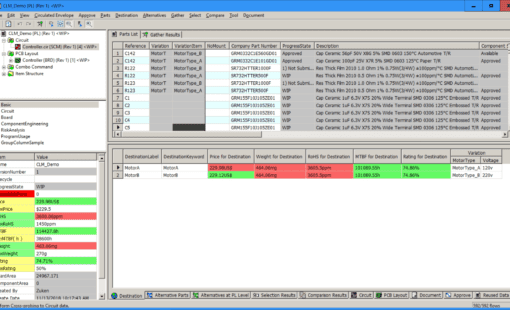
- Blog
Variation Management provides the means for the user to define the part numbers and mounting status of parts to be mounted based on the product variation: delivery destination and model. Furthermore, Variant Management applications allow the user to easily switch views and export parts lists based on the destination.
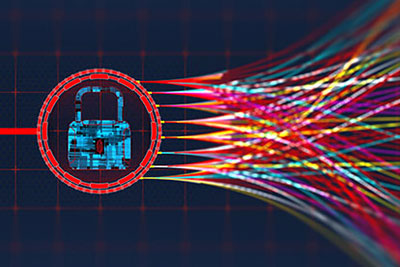
- Blog
Take a walk in the engineer’s shoes: I need an 80 MHZ network controller for my new project and I found one in the PLM/PDM system. That was easy. Now a quick check in the procurement database to do a price and availability check. So far so good, now on to the component engineering system to see if there are any possible lifecycle issues with a 10-year minimum requirement. It’s my lucky day, no issues and it’s a company-preferred part with an ECAD library instance.

- Blog
DS-CR maintains electronics design data in a vault with controlled access and revision control. That data must be distributed outside the vault to support various business activities such as fabrication, assembly, and supply chain management.

- Blog
Industry 4.0, a.k.a. the Fourth Industrial Revolution (IR), is a hot topic because most of us are either taking our first steps in this world, or we’re preparing to. Clearly, earlier industrial revolutions were all about making better use of resources (e.g. burning coal to make steam), people (e.g. workers in factories) and, latterly, electricity and computer-controlled automation. For each revolution, the companies that did well were early adopters of the technology and practices of the day, and they recognised waste when they saw it.

- Blog
There is one thing that all design engineers will agree on: creating and gathering all the required data for PLM is error-prone and can be a royal pain. We all understand the value of releasing our design data to the corporate PLM system but our design process dictates multiple release points, and each one has a different purpose and data requirements.

- Blog
One of the more powerful capabilities of a good data management system such as DS-CR (formerly known as DS-2) is searching and the ability to generate reports. A great example is the ability to generate Where-used information. These types of reports are extremely useful when performing impact assessments where ...
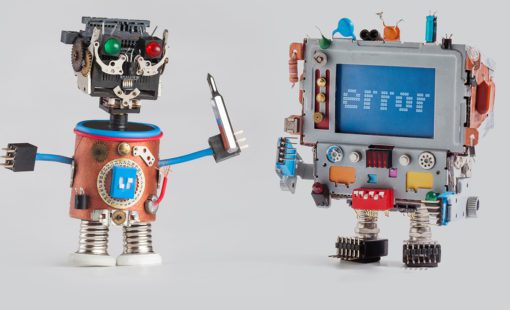
- Blog
As we witness the birth of an era of connected devices with smart homes, connected cars and smart networked supply chains and factories, we might imagine that unexpected failures of electronic products would be a rarity.

- Blog
Because I’ve been in the electrical/electronics (E/E) engineering industry for such a long time, I can still remember drawing PCB layouts manually. We would then work out the connection lengths of wire harnesses by laying out waxed cord lacing on a physical prototype.

- Blog
This is one pretty scary world we live in. Every day there are stories about data breaches, network hacks and even possible spying by foreign software and hardware suppliers. Every individual has become hyper-aware of the security issues revolving around their personal data. A company’s need to protect its design IP is actually more critical than an individual’s need to protect their personal data.

- Blog
Have you ever finished generating the manufacturing release package for the latest product design and then it occurred to you that something may be wrong? Imagine, it’s Thursday night and you just finished a nice dinner with the family. Your daughter’s soccer team won and the Broncos are playing the Chiefs tonight. It will be great to relax and enjoy the game.